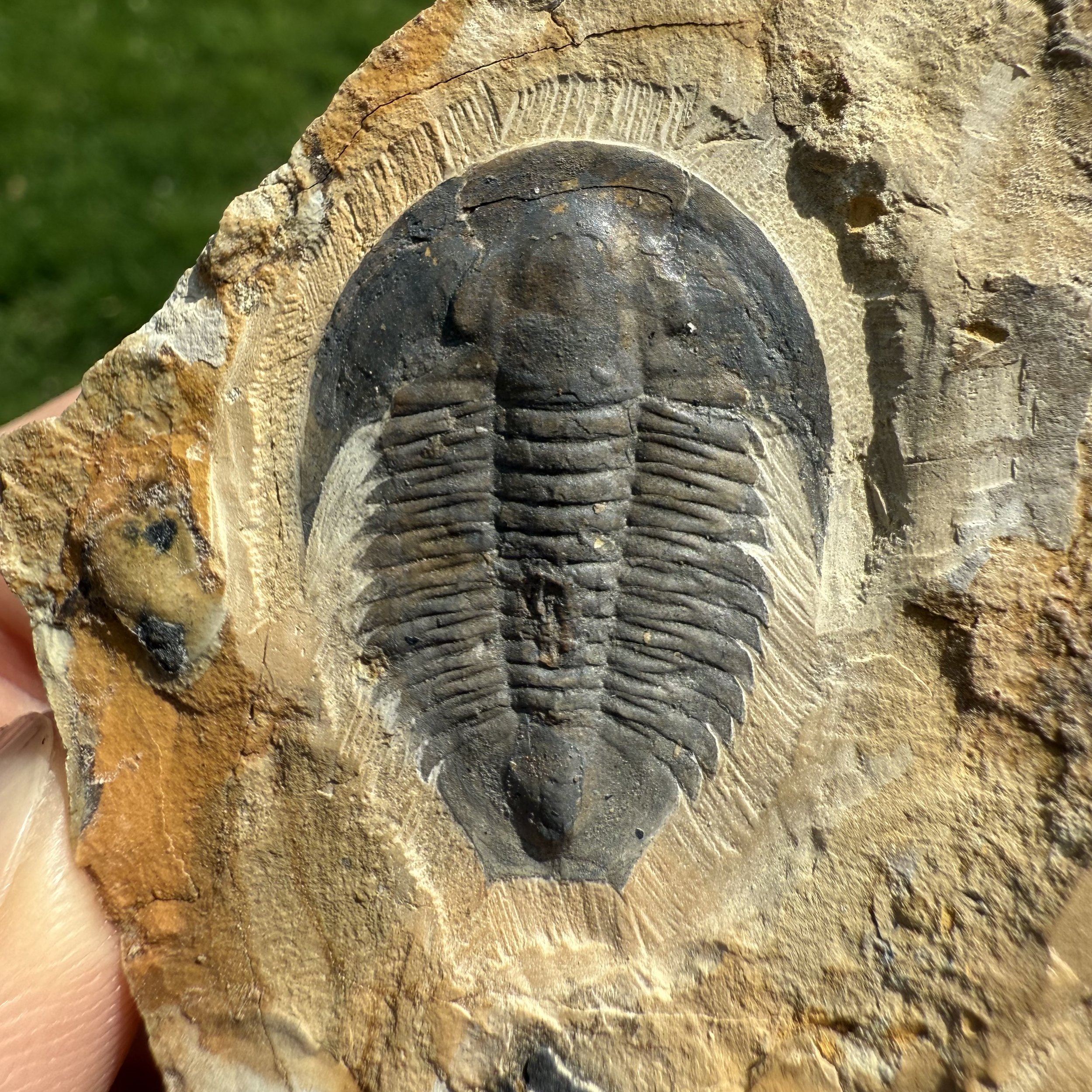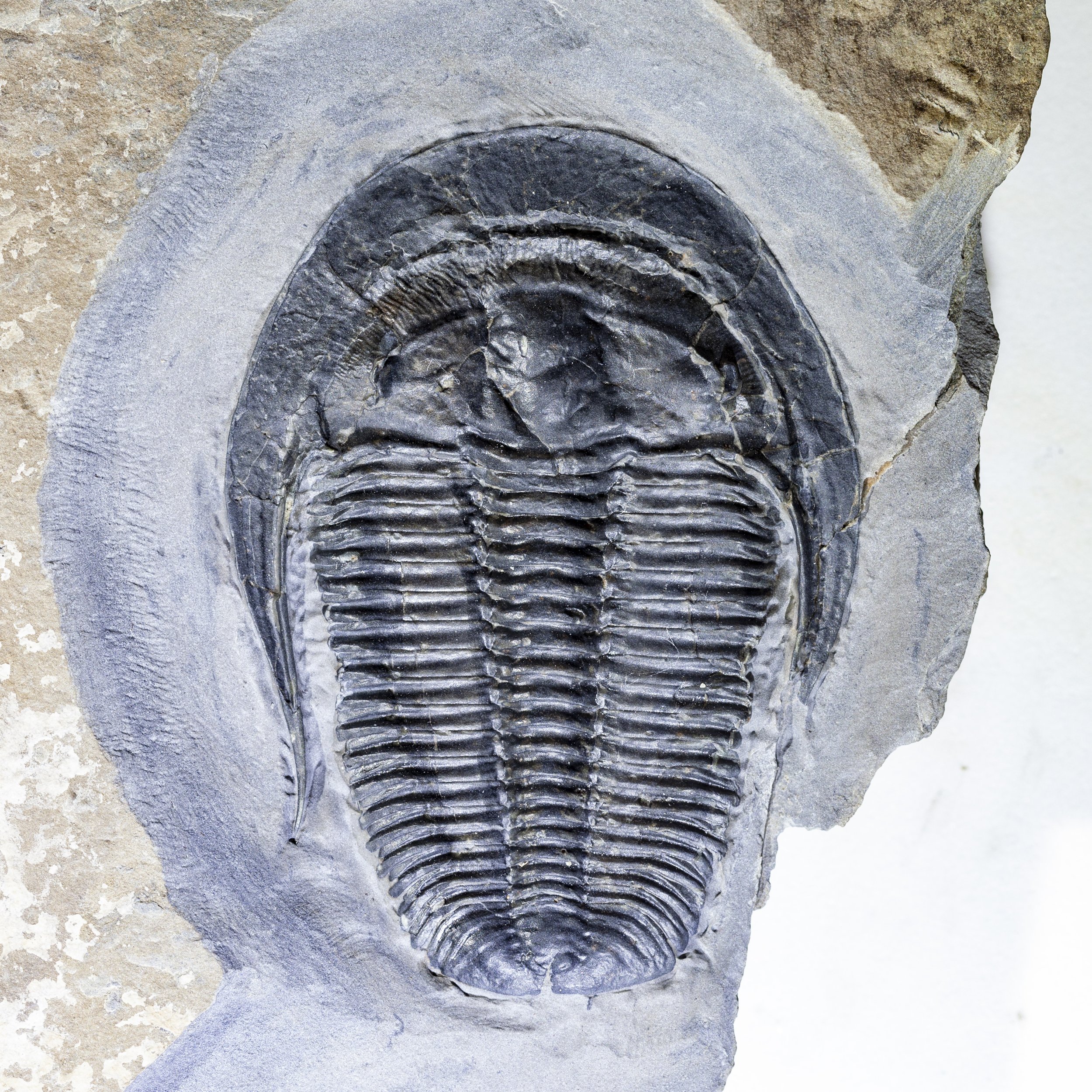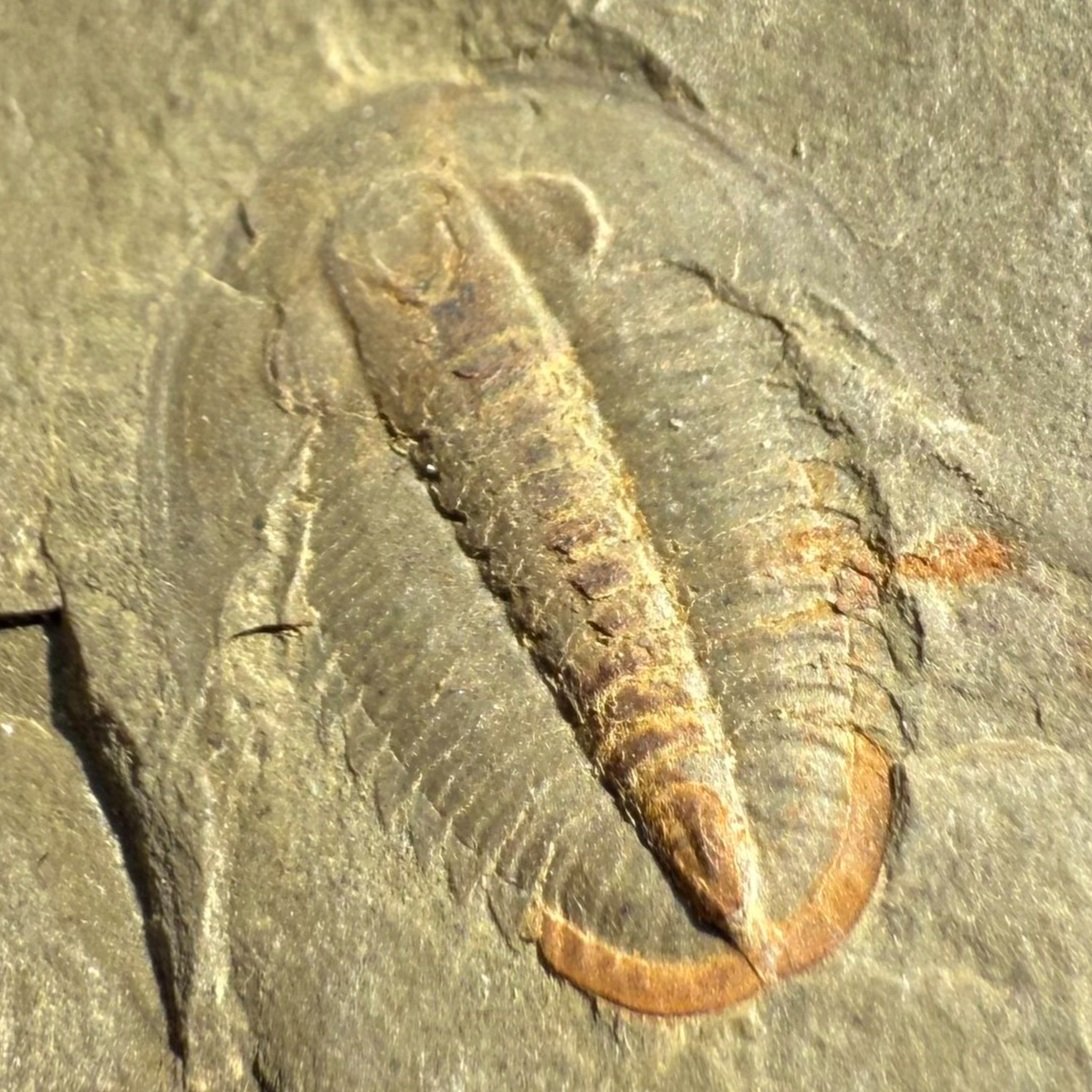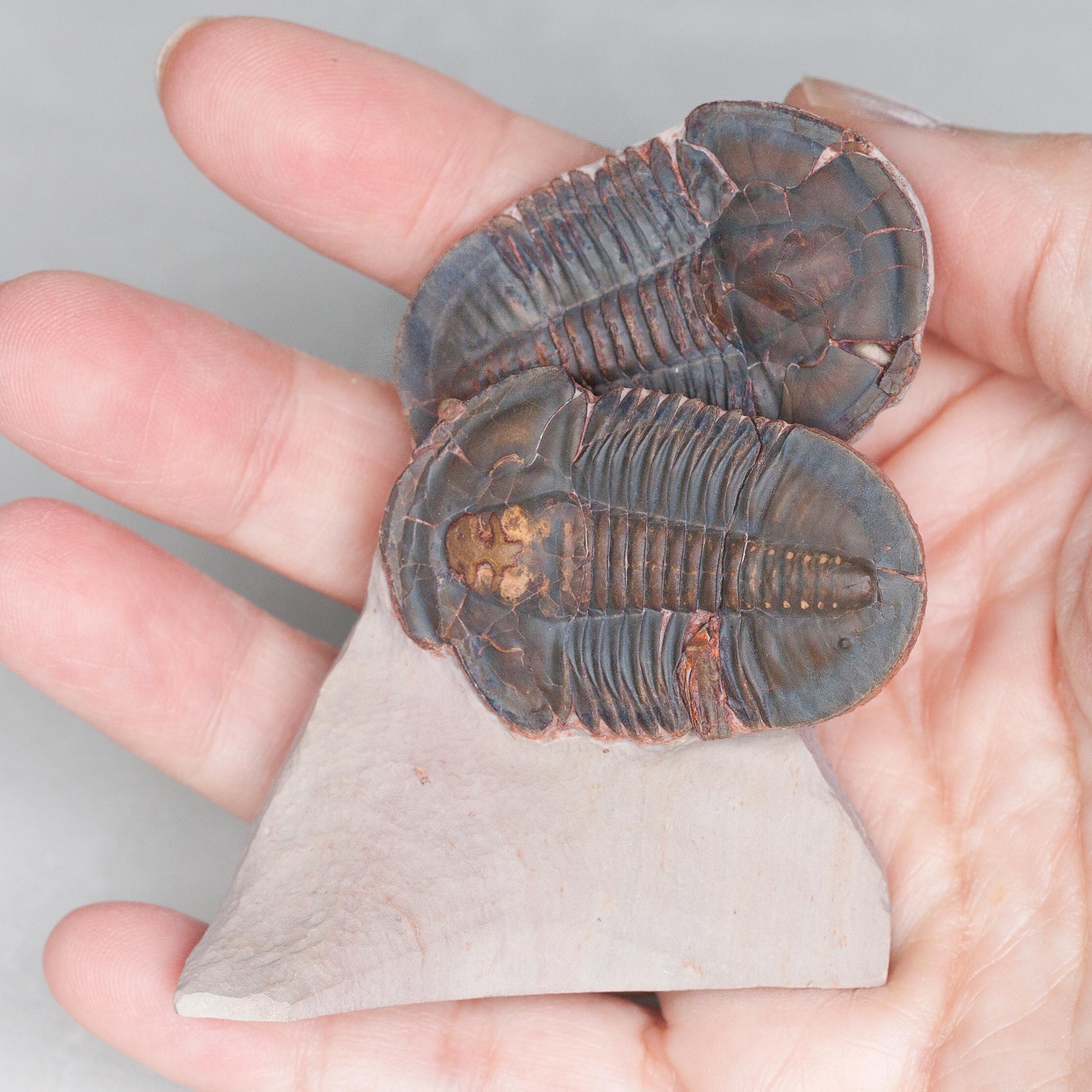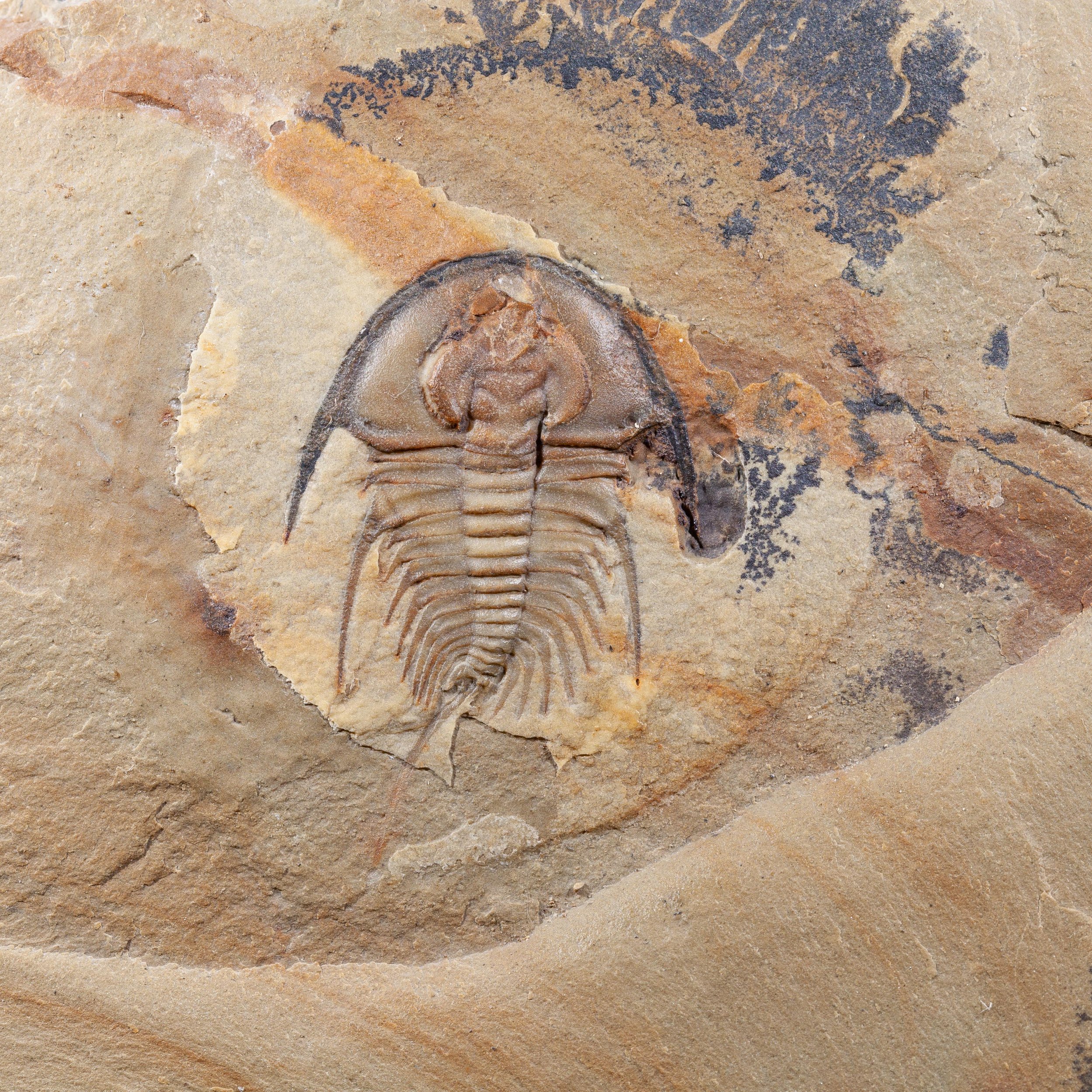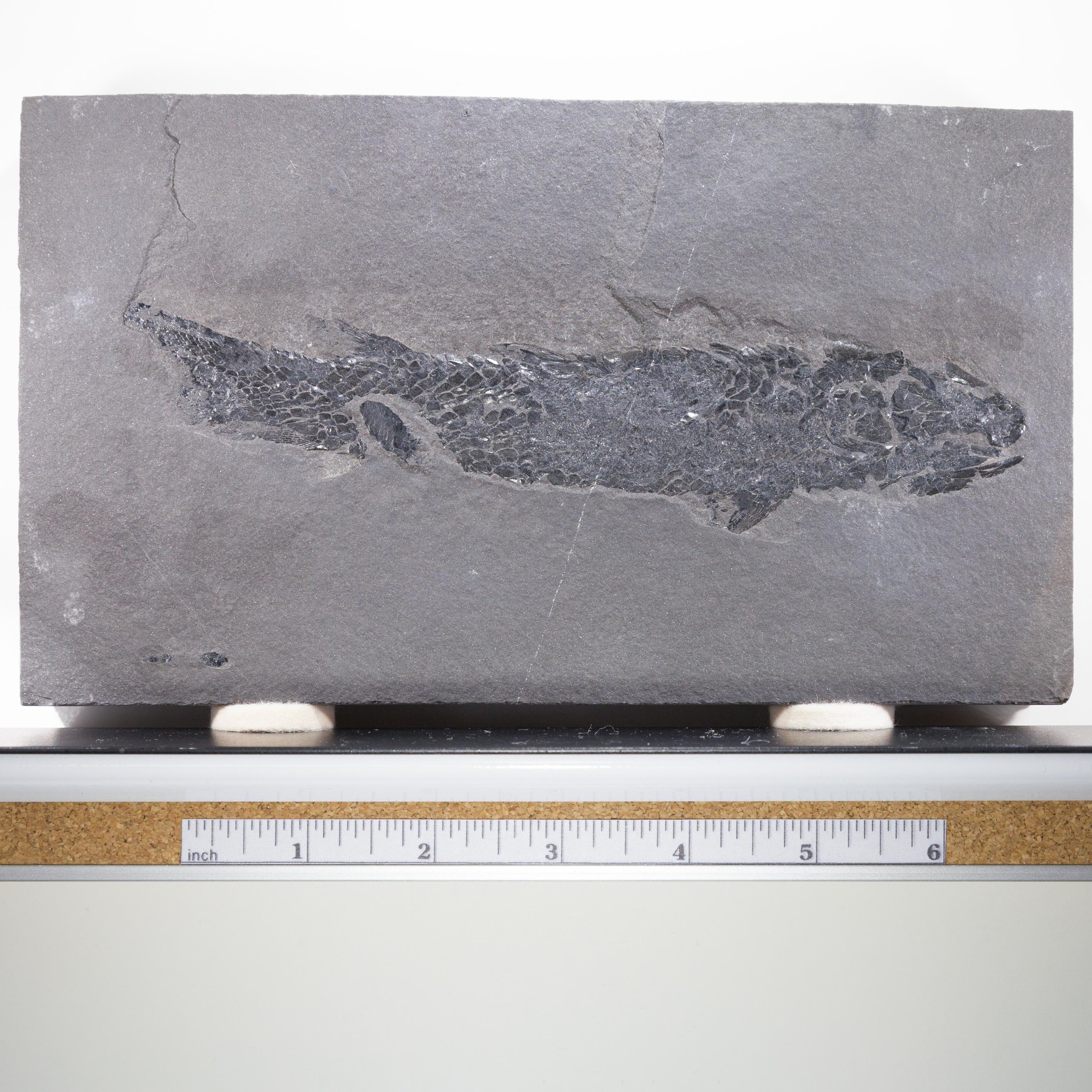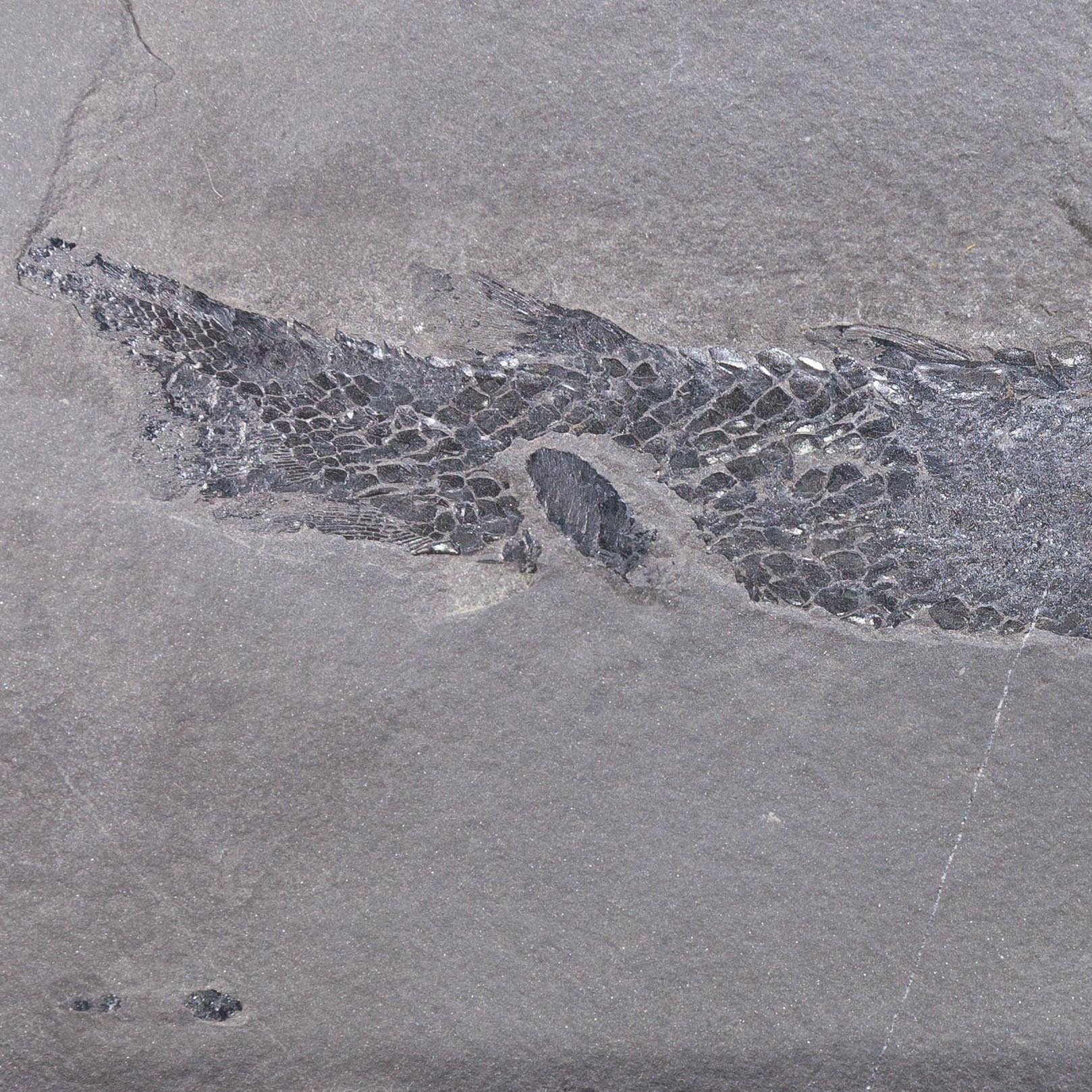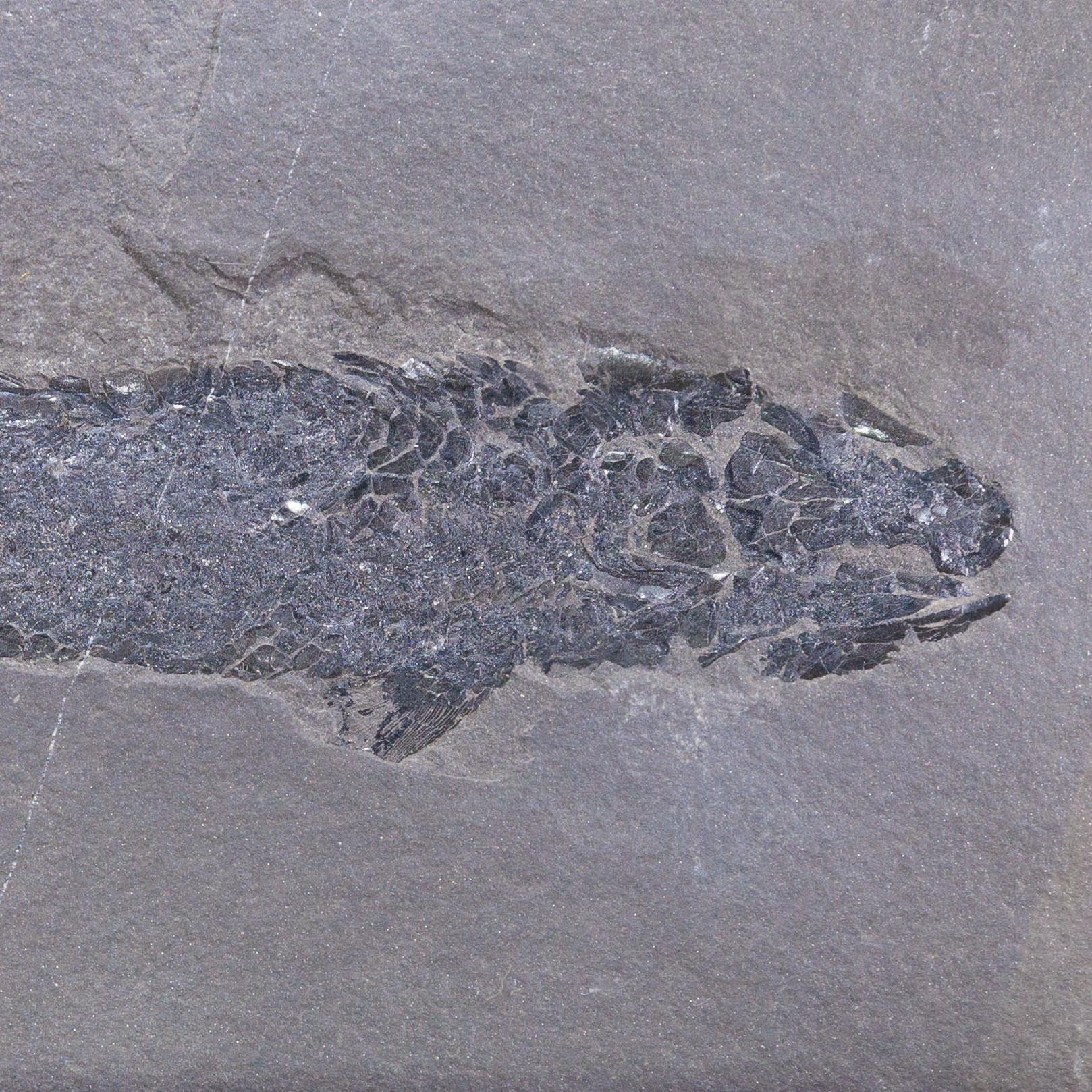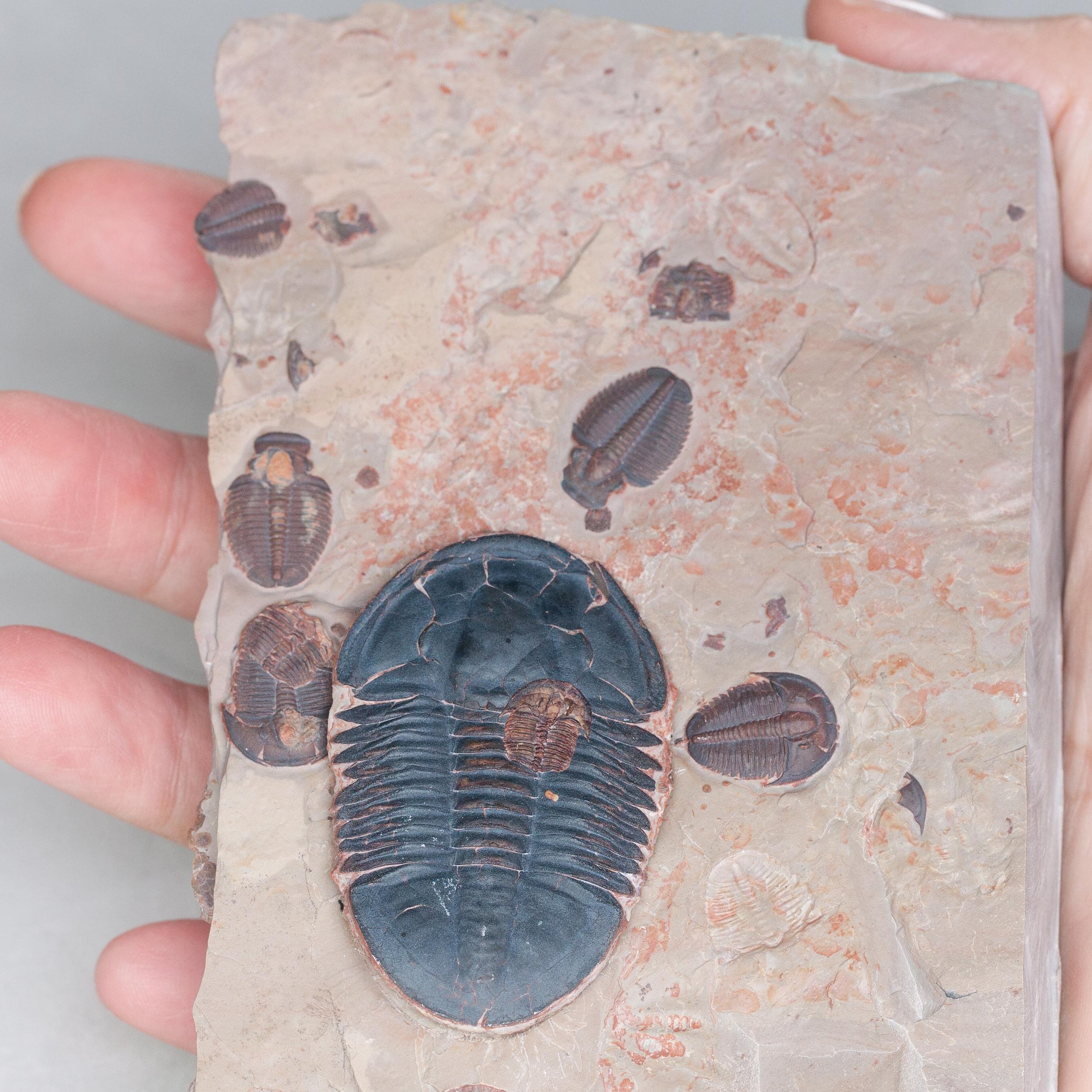 Image 1 of 6
Image 1 of 6

 Image 2 of 6
Image 2 of 6

 Image 3 of 6
Image 3 of 6

 Image 4 of 6
Image 4 of 6

 Image 5 of 6
Image 5 of 6

 Image 6 of 6
Image 6 of 6







Asaphiscus wheeleri - Elrathia kingii
Vendor: Gold Bugs
SKU Number: SQ5827188
Asaphiscus wheeleri from the Middle Cambrian, Wheeler Shale Formation, Utah.
A stunning cluster of red trilobites! The centerpiece of this cluster is a large Asaphiscus trilobite that has been completely prepared free from matrix front and back, but fits upside down in its original negative. The Asaphiscus has a small Elrathia trilobite on its thorax.
There are also many red Elrathia kingii trilobites scattered about the plate. This is an incredible display piece!
Full dimensions are listed below.
Vendor: Gold Bugs
SKU Number: SQ5827188
Asaphiscus wheeleri from the Middle Cambrian, Wheeler Shale Formation, Utah.
A stunning cluster of red trilobites! The centerpiece of this cluster is a large Asaphiscus trilobite that has been completely prepared free from matrix front and back, but fits upside down in its original negative. The Asaphiscus has a small Elrathia trilobite on its thorax.
There are also many red Elrathia kingii trilobites scattered about the plate. This is an incredible display piece!
Full dimensions are listed below.
Vendor: Gold Bugs
SKU Number: SQ5827188
Asaphiscus wheeleri from the Middle Cambrian, Wheeler Shale Formation, Utah.
A stunning cluster of red trilobites! The centerpiece of this cluster is a large Asaphiscus trilobite that has been completely prepared free from matrix front and back, but fits upside down in its original negative. The Asaphiscus has a small Elrathia trilobite on its thorax.
There are also many red Elrathia kingii trilobites scattered about the plate. This is an incredible display piece!
Full dimensions are listed below.
Additional Information
Asaphiscus wheeleri is a Middle Cambrian trilobite of the Middle Cambrian, wheeler Shale formation in Utah. Its more familiar form is a compressed dark gray to black mineralized carapace. The matrix of Wheeler Shale has many facies including calcareous shale, shaley limestone, mudstone and thin, flaggy limestone that create amazingly colorful contrasts of reds, yellows, browns and greens.
The rock color combinations are caused by a variety of minerals, including iron and organic carbon. The color of sedimentary rocks reflect the depositional environments, including oxygen levels, organic matter, sedimentation rate, etc. Color is also influenced by transition metals such as iron, magnesium, copper, zinc, titanium and many others. E. kingii is a medium-sized trilobite with a smooth sub-ovate carapace that is tapered towards the rear. Thorax is usually 13 segments. Pygidium has four axial rings and a long terminal piece. Posterior margin of the pygidium has a long broad medial notch.
References:
